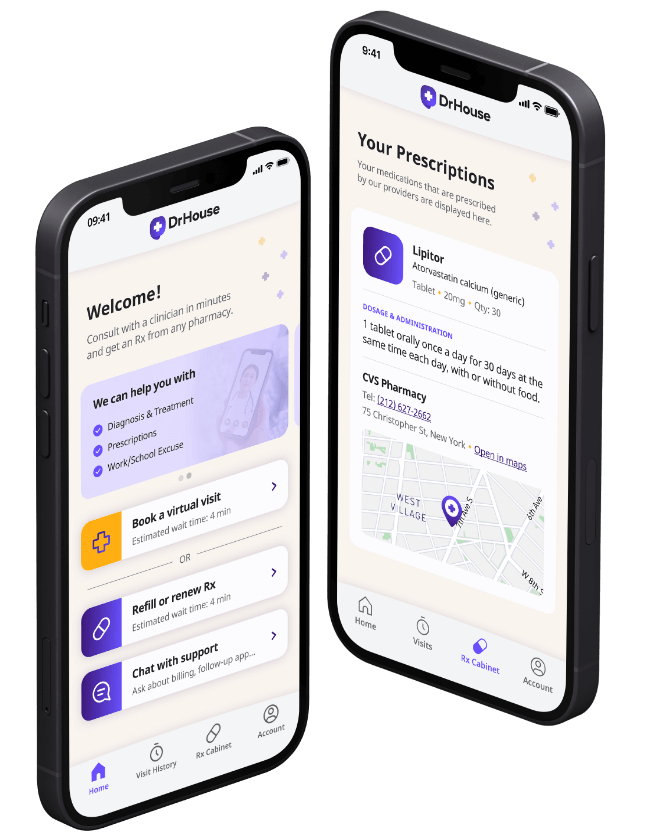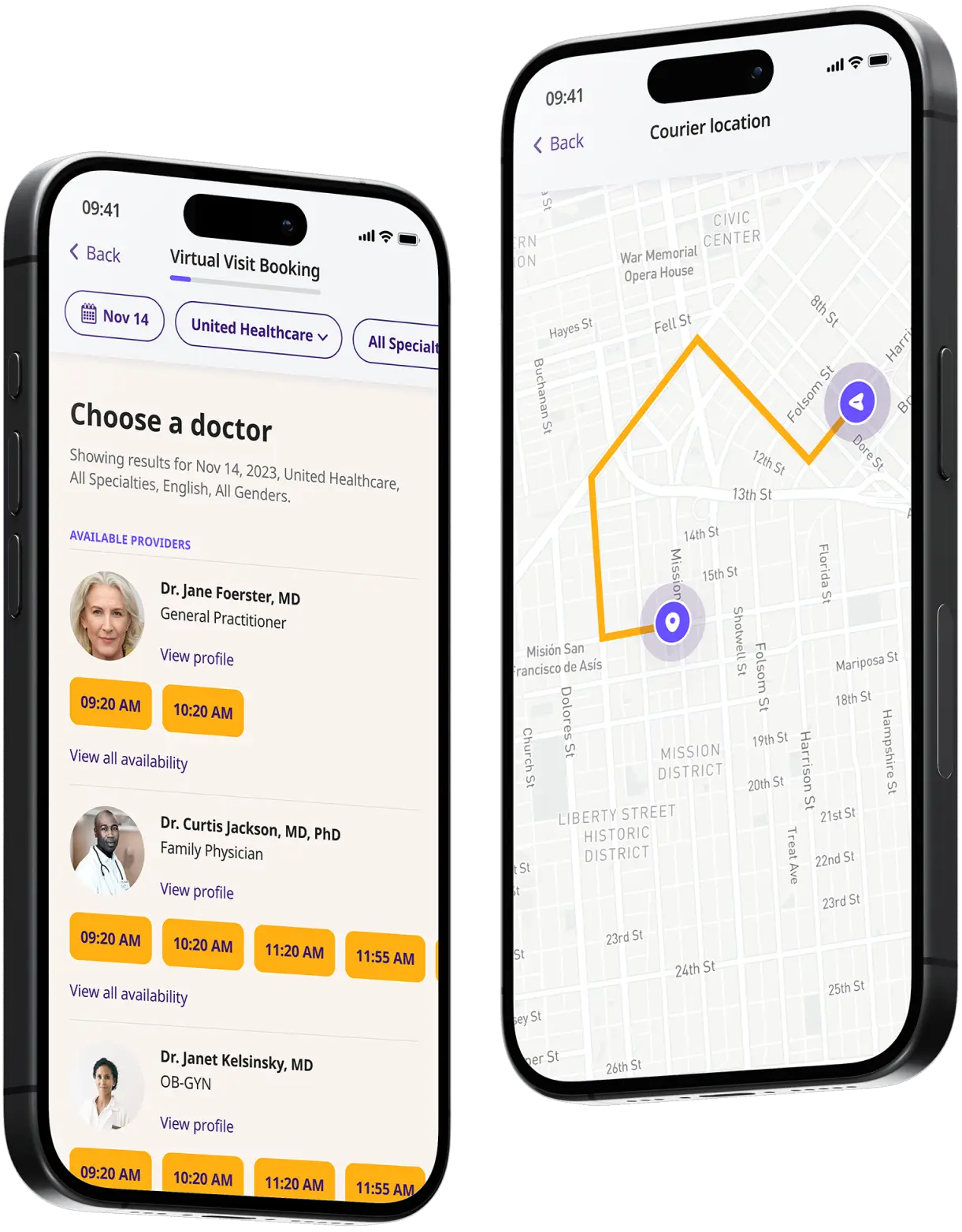Get a Prescription for Antihistamines Online 24/7
Find relief from allergy symptoms with prescription antihistamines, prescribed online by the physicians at DrHouse.
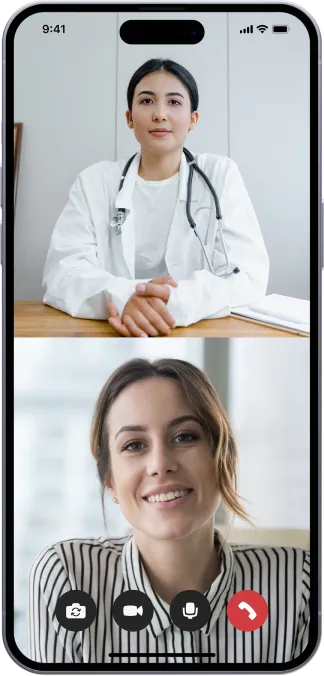
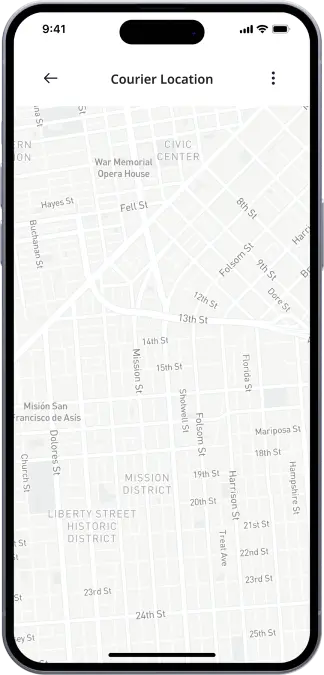
Available in 50 states. Insurance accepted.
Fast
virtual visits
24/7 care
assistants
Prescriptions
as needed



See If Delivery Is Available Near You
Delivery Not Available
Enter your ZIP code to check if prescription delivery is available in your area and how soon your meds could arrive.
How to get started
Choose your doctor, start a virtual visit, and have your prescriptions sent to your preferred pharmacy for pickup — all in just a few easy steps.
Choose a doctor
Choose a physician by availability, specialty, ratings, and more.
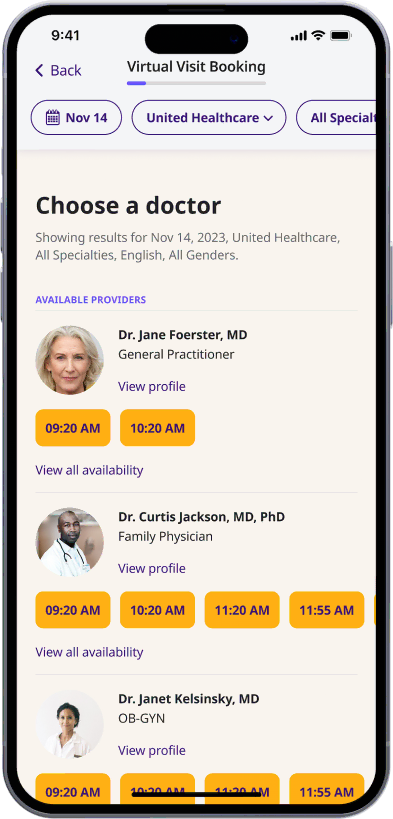
Start a video call
Get connected with a doctor anytime, anywhere.
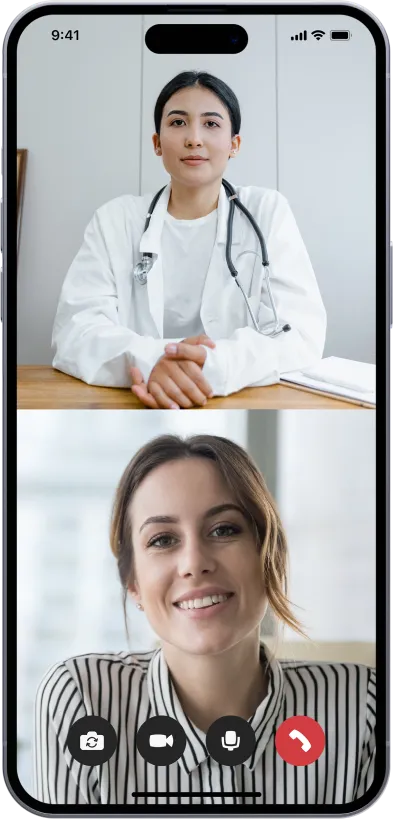
1-Hour Rx Delivery
Your prescription delivered to your door in 1 hour or less.
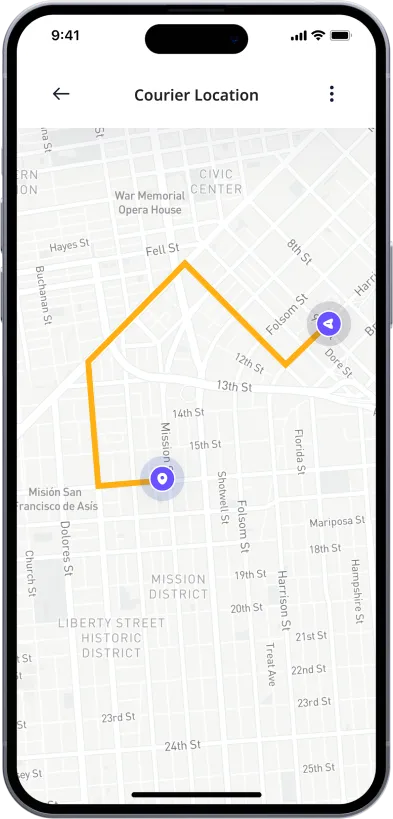
Available in 50 states. Insurance accepted.
One-Time
Physician Visit
One-time visit with a physician for diagnosis, treatment, Rx, labs, referrals, and doctor’s notes.
Accepted Insurances
See why people turn to DrHouse...
As seen in

Antihistamines
What are antihistamines?
Antihistamines are a type of medication commonly used to relieve symptoms of allergies, such as hay fever, hives, conjunctivitis, and reactions to insect bites or stings. They can also help with symptoms of the common cold, such as sneezing and runny nose.
By counteracting the effect of the compound histamine, which the body produces as part of an allergic reaction, antihistamines reduce or eliminate discomfort.
Histamine is a natural substance that your body makes during an allergic reaction. It can cause inflammation (swelling) and narrowing of your airways, as well as other symptoms depending on the type of allergy.
Antihistamines work by blocking the receptors that histamine binds to, preventing it from causing these symptoms. There are two main types of antihistamines: first-generation (sedating) and second-generation (non-sedating). The choice between them often depends on the severity of the symptoms and the desired duration of effect.
Antihistamines are available over the counter and by prescription. They come in several forms, including tablets, capsules, liquids, nasal sprays, and eye drops, making them accessible and convenient for managing a variety of allergic conditions.
Common conditions that are treated with antihistamines
Antihistamines are versatile medications used to treat a wide array of conditions primarily related to allergic reactions. Here is a comprehensive list of common conditions that antihistamines are used to manage:
- Allergic rhinitis (hay fever): Symptoms include sneezing, itching, runny or blocked nose, and itchy, watery eyes. Antihistamines can help manage these symptoms, particularly when they are caused by pollen, pet dander, or dust mites.
- Conjunctivitis (allergic pink eye): Characterized by red, itchy, and watery eyes, this condition can be alleviated with antihistamine eye drops.
- Urticaria (hives): This involves a sudden outbreak of swollen, pale red bumps or plaques (welts) on the skin. Antihistamines can help reduce itching and appearance of hives.
- Eczema (atopic dermatitis): While not a primary treatment, antihistamines are sometimes used to help control itching associated with eczema.
- Insect bites and stings: Antihistamines can reduce itching, swelling, and discomfort caused by insect bites and stings.
- Food allergies: While they cannot prevent an allergic reaction to food, antihistamines are often used to treat mild symptoms that arise from food allergies.
- Drug allergies: Symptoms of drug allergies can sometimes be managed with antihistamines, depending on the severity and nature of the reaction.
- Anaphylaxis (as adjunct therapy): For severe allergic reactions, antihistamines are used alongside epinephrine and other treatments to manage symptoms.
- Motion sickness and vertigo: Antihistamines that cause drowsiness are often used to prevent and treat nausea, vomiting, and dizziness caused by motion sickness. They can also be helpful in managing vertigo.
- Common cold: Although they do not cure the cold, antihistamines may be used to relieve symptoms like runny nose and sneezing.
Types of antifungal medication
Antihistamines are classified into two main categories based on their chemical structure and the likelihood of causing drowsiness. Each type is suited for different uses and comes with its own set of benefits and potential side effects. Here’s a breakdown of the two main types:
First-generation antihistamines (sedating): First-generation antihistamines are known for their sedative effects because they can cross the blood-brain barrier and cause drowsiness. They are often used when a sedative effect is beneficial, such as for treating insomnia caused by allergy symptoms.
Examples include:
- Diphenhydramine (Benadryl)
- Chlorpheniramine (Chlor-Trimeton)
- Promethazine (Phenergan)
- Hydroxyzine (Atarax, Vistaril)
These medications are usually taken every 4-6 hours and can be particularly useful for short-term relief of severe symptoms.
Second-generation antihistamines (Non-Sedating): Second-generation antihistamines are less likely to cause drowsiness as they do not readily cross the blood-brain barrier. This makes them a preferable choice for daily use, especially for those who need to maintain alertness such as drivers and workers.
Examples include:
- Cetirizine (Zyrtec)
- Loratadine (Claritin)
- Fexofenadine (Allegra)
- Desloratadine (Clarinex)
These antihistamines are typically taken once a day and are better suited for long-term management of allergies and chronic conditions due to their longer-lasting effects and minimal impact on alertness and cognitive function.
How do antihistamines work?
Antihistamines are designed to counteract the effects of histamine, a chemical released by the immune system during an allergic reaction. Understanding the mechanism of how antihistamines work can help in appreciating their role in managing allergies and allergic symptoms.
Histamine and its role in allergies – When an allergen (like pollen, pet dander, or dust mites) enters the body, it triggers the immune system to produce antibodies. These antibodies bind to mast cells and basophils in the body, which then release histamine. Histamine binds to its receptors (H1 receptors) on the surfaces of certain cells, leading to symptoms like swelling, redness, itching, and excess mucus production.
Mechanism of action of antihistamines – Antihistamines work by blocking the H1 receptors, preventing histamine from binding to these receptors. This blockade prevents the cascade of allergic symptoms typically triggered by histamine’s release. Here’s how they manage this:
- Receptor blockade: Antihistamines are structurally similar to histamine and can bind to the H1 receptors without activating them. This prevents histamine from attaching to these receptors, thereby inhibiting its effects.
- Reduction of symptoms: By blocking histamine’s action, antihistamines reduce symptoms like itching, swelling, rash, runny nose, sneezing, and watery eyes.
Side effects of antihistamines
While antihistamines are highly effective in managing allergy symptoms, they can also have side effects, particularly the first-generation (sedating) antihistamines. The side effects can vary based on the type of antihistamine, its dosage, and individual patient factors.
Here’s an overview of common and less common side effects associated with antihistamines:
Common side effects of first-effects generation antihistamines:
- Drowsiness: Sedation is the most noted side effect, making it unsuitable for use when driving, operating heavy machinery, or performing tasks that require mental alertness.
- Dry mouth: Reduced saliva production can lead to a feeling of dryness in the mouth.
- Dizziness: This can occur, especially when getting up too quickly from a lying or sitting position.
- Blurred vision: Temporary vision changes may happen due to effects on the eye’s accommodation.
- Urinary retention: Difficulty in urinating, especially in older men with prostate issues, can be exacerbated by these medications.
- Constipation: Reduced gastrointestinal motility can lead to constipation.
Common side effects of second-generation antihistamines
- Headache: This is relatively common but usually mild.
- Dry Mouth: Though less common than with first-generation, it can still occur.
- Nausea: Some people may experience mild stomach upset.
- Fatigue: While less sedating, some individuals may still experience mild tiredness.
Less common and serious side effects:
- Increased appetite and weight gain: Particularly noted with some older antihistamines.
- Mood changes: Some individuals may experience irritability or confusion, especially the elderly.
- Vision problems: Long-term use of first-generation antihistamines can sometimes lead to increased eye pressure and other eye health issues.
- Heart problems: Rarely, some antihistamines can cause heart rhythm abnormalities, particularly if taken in higher doses or if there are pre-existing heart conditions.
List of common antihistamines
First-generation antihistamines (sedating)
- Diphenhydramine (Benadryl)
- Chlorpheniramine (Chlor-Trimeton)
- Promethazine (Phenergan)
- Hydroxyzine (Atarax, Vistaril)
- Doxylamine (found in over-the-counter sleep aids like Unisom)
Second-generation antihistamines (non-sedating):
- Loratadine (Claritin)
- Cetirizine (Zyrtec)
- Fexofenadine (Allegra)
- Desloratadine (Clarinex)
- Levocetirizine (Xyzal)
Nasal sprays:
- Azelastine (Astelin, Astepro) nasal spray
- Olopatadine (Patanase) nasal spray
Eye drops:
- Olopatadine (Pataday, Patanol) eye drops
- Ketotifen (Zaditor, Alaway) eye drops
How can DrHouse help?
DrHouse offers a comprehensive telehealth service designed to provide accessible and convenient medical care for individuals suffering from a wide range of conditions. With our user-friendly app, patients can easily connect with healthcare professionals 24/7, ensuring timely consultations without the need for in-person visits.
If you’re struggling with allergy symptoms and seeking relief, consider exploring our services at DrHouse. Our experienced healthcare professionals are ready to assist you in finding the most suitable antihistamine or treatment for your needs.
By taking advantage of our telehealth platform, you can consult with a provider from the comfort of your home and get personalized recommendations tailored to your specific situation. Don’t let allergies hold you back any longer—book your consultation today and take the first step toward feeling better!
Frequently asked questions (FAQs)
Can I get an online prescription for antihistamines from DrHouse?
Yes, our telehealth platform allows for virtual consultations with healthcare professionals who can provide online prescriptions for antihistamines if deemed necessary.
Can I refill my antihistamine prescription online?
Yes, if you have an existing prescription, our healthcare professionals can review and refill it during a virtual consultation on our platform. But keep in mind that the final decision to refill a prescription rests with the provider, and they may request additional information or recommend alternative treatments.
Related services
Explore more of our services tailored to your needs and discover additional ways we can support your healthcare needs.
Frequently asked questions


